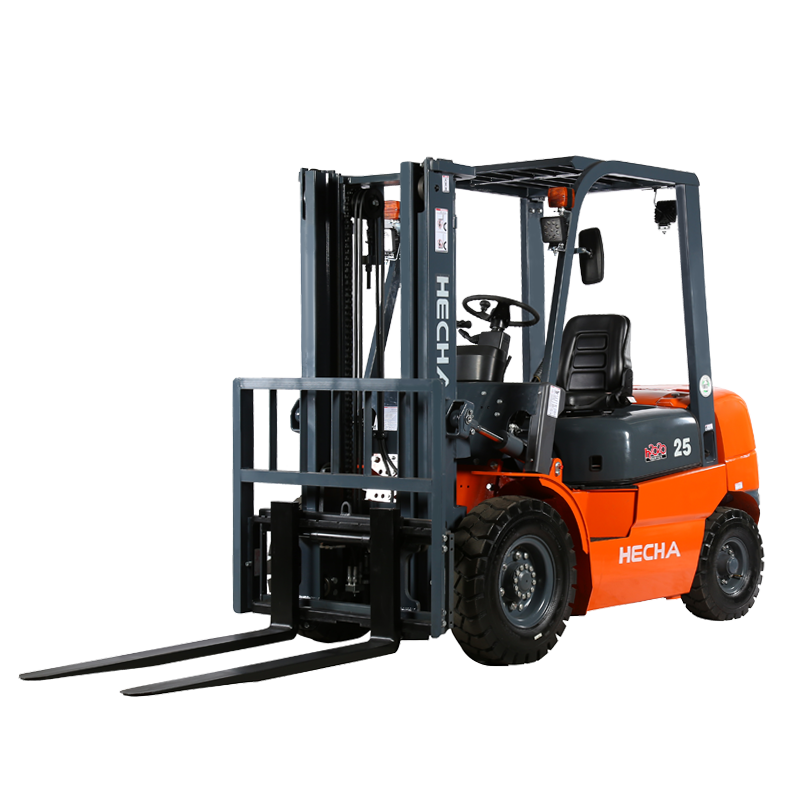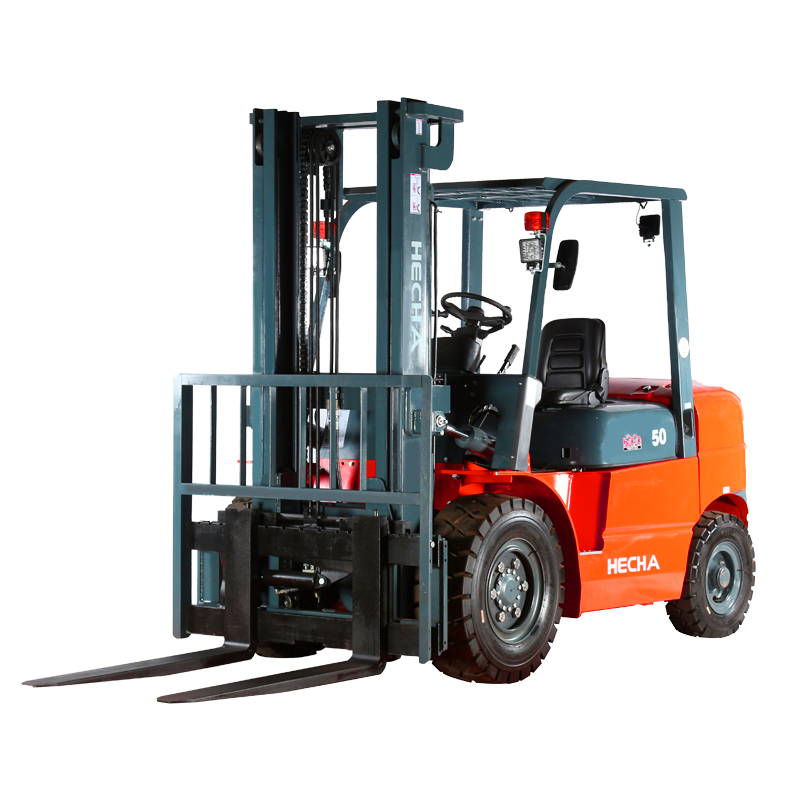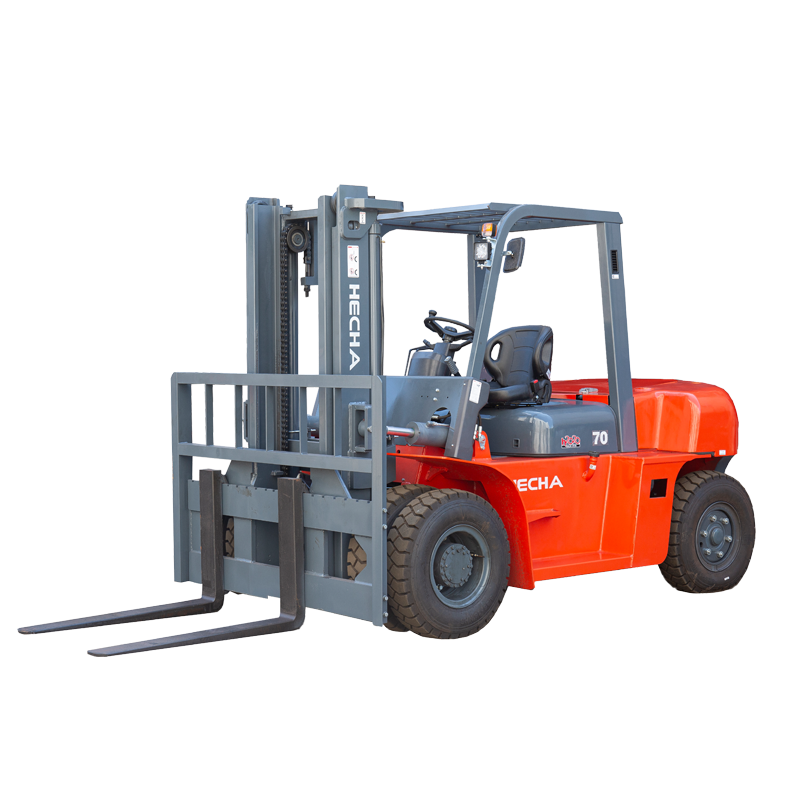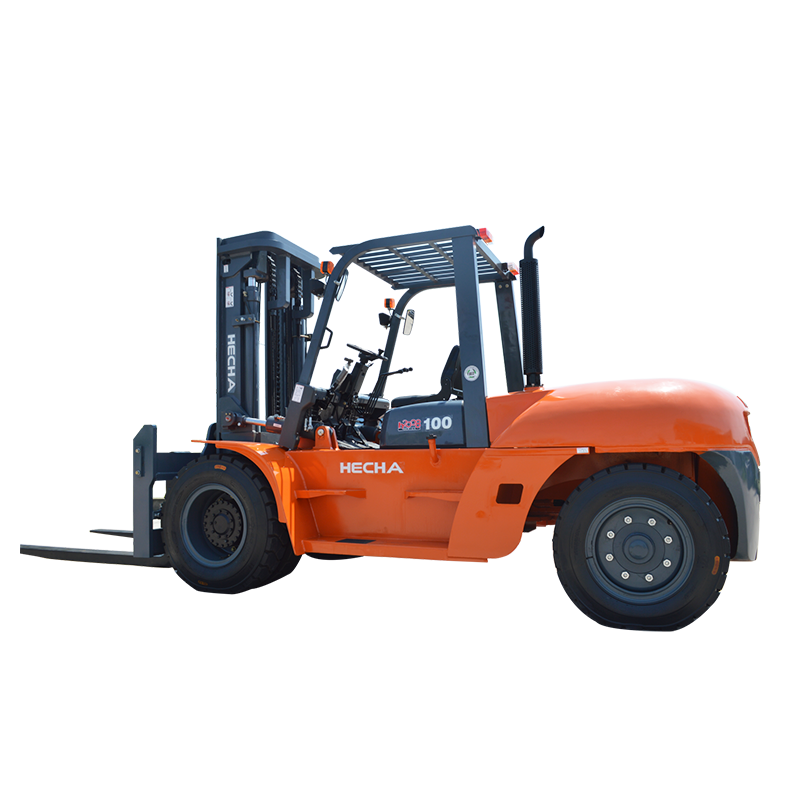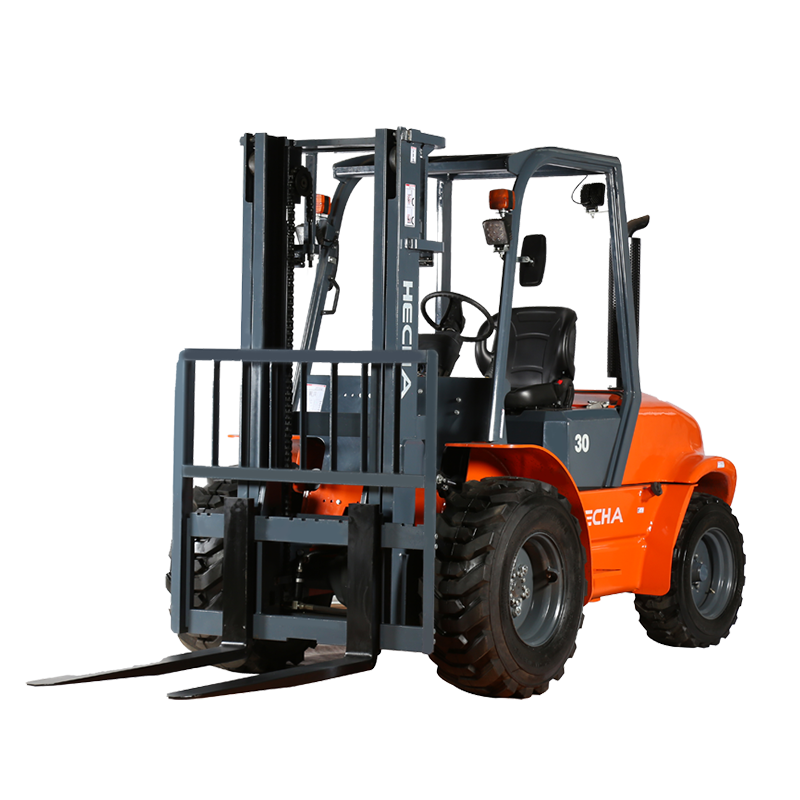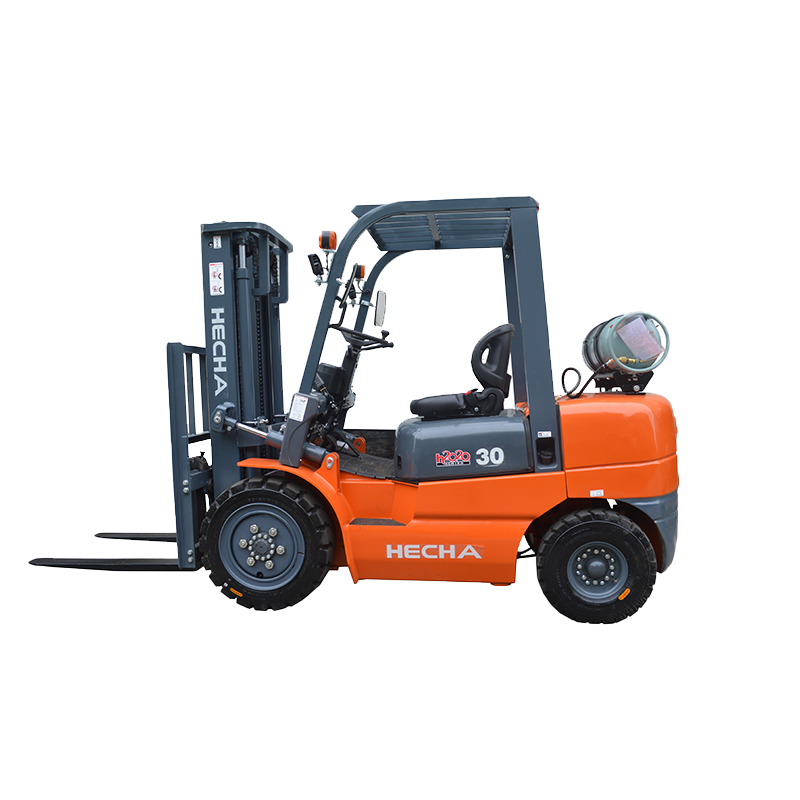As an important equipment in the field of modern logistics and warehousing, the design and performance of electric forklifts directly affect the operating efficiency and safety. During the research and development process, the electric forklift fully considers the use requirements under different working conditions, and through multi-dimensional technical optimization, it realizes the organic unity of safety, durability, environmental adaptability and economy, and provides reliable material handling solutions for various operating scenarios.
All-round safety protection design
Safety is the core consideration of the design of electric forklifts, and targeted optimization is carried out on the protection structure. The protective net equipped with the front overhead guard can effectively block the goods that may be scattered during the operation, prevent the operator or the on-board instruments from being accidentally hit, and form the first safety barrier. In the layout of the key operating areas of the whole vehicle, the ergonomic principles are followed to ensure that the operator has a wide field of vision and convenient operation when performing lifting, carrying and other actions, reducing the safety hazards caused by blind spots or inconveniences in operation. The vehicle is also equipped with multiple safety warning devices, which can issue prompts in time when starting, turning and reversing, further improving the safety of the working environment.
Rust and corrosion resistance guarantee durability
In humid, dusty and other complex environments, the rust and corrosion resistance of the equipment directly determines its service life. Electric forklifts use stainless steel for all exposed fasteners. With its excellent chemical stability, it effectively resists oxidation and rust, and reduces failures caused by component loss. The design of the tilted cylinder protective cover is also quite ingenious. It can isolate the cylinder from the external environment, avoid direct erosion by dust and water vapor, reduce the damage to the cylinder caused by mechanical collision, and ensure the stable operation of the power transmission system. These details enable the electric forklift to maintain good mechanical properties and reduce maintenance costs during long-term use.
Reliable waterproof performance design
The stable operation of the electrical system is the basis for the normal operation of the electric forklift, and waterproof performance is the key to the reliability of the electrical system. The electric forklift uses waterproof AMP connectors throughout the vehicle. This connector has excellent sealing performance, which can effectively block the intrusion of condensed water, rainwater and other liquids, prevent circuit short circuits or poor contact, and ensure that core components such as motors and electronic controls can still work stably in humid environments. The electrical circuit layout of the vehicle is neat and orderly, and additional waterproof treatment is carried out on key nodes to form multi-level waterproof protection, providing all-round protection for the electrical system of the vehicle and ensuring the continuous operation capability of the equipment in rainy or high humidity environments.
Adaptability in low temperature environment
For cold areas or low-temperature storage environments, electric forklifts are specially designed in component selection and oil configuration. Key components such as motors, electronic controls, and switch elements are manufactured in accordance with low-temperature working conditions to ensure that normal operating parameters can be maintained in extremely low temperatures. Hydraulic oil, gear oil, lubricating oil and other oils are specially formulated and are not easy to solidify in low-temperature environments. They can effectively reduce mechanical wear and maintain the smooth operation of various transmission systems. High-pressure hoses are made of materials suitable for low-temperature environments to avoid hardening and cracking problems caused by low temperatures and ensure the stability of the pressure of the hydraulic system. These designs enable electric forklifts to maintain reliable operating performance under severe cold conditions and meet the use requirements of low-temperature warehousing, cold chain logistics and other scenarios.

 English
English 中文简体
中文简体 русский
русский Français
Français Español
Español


